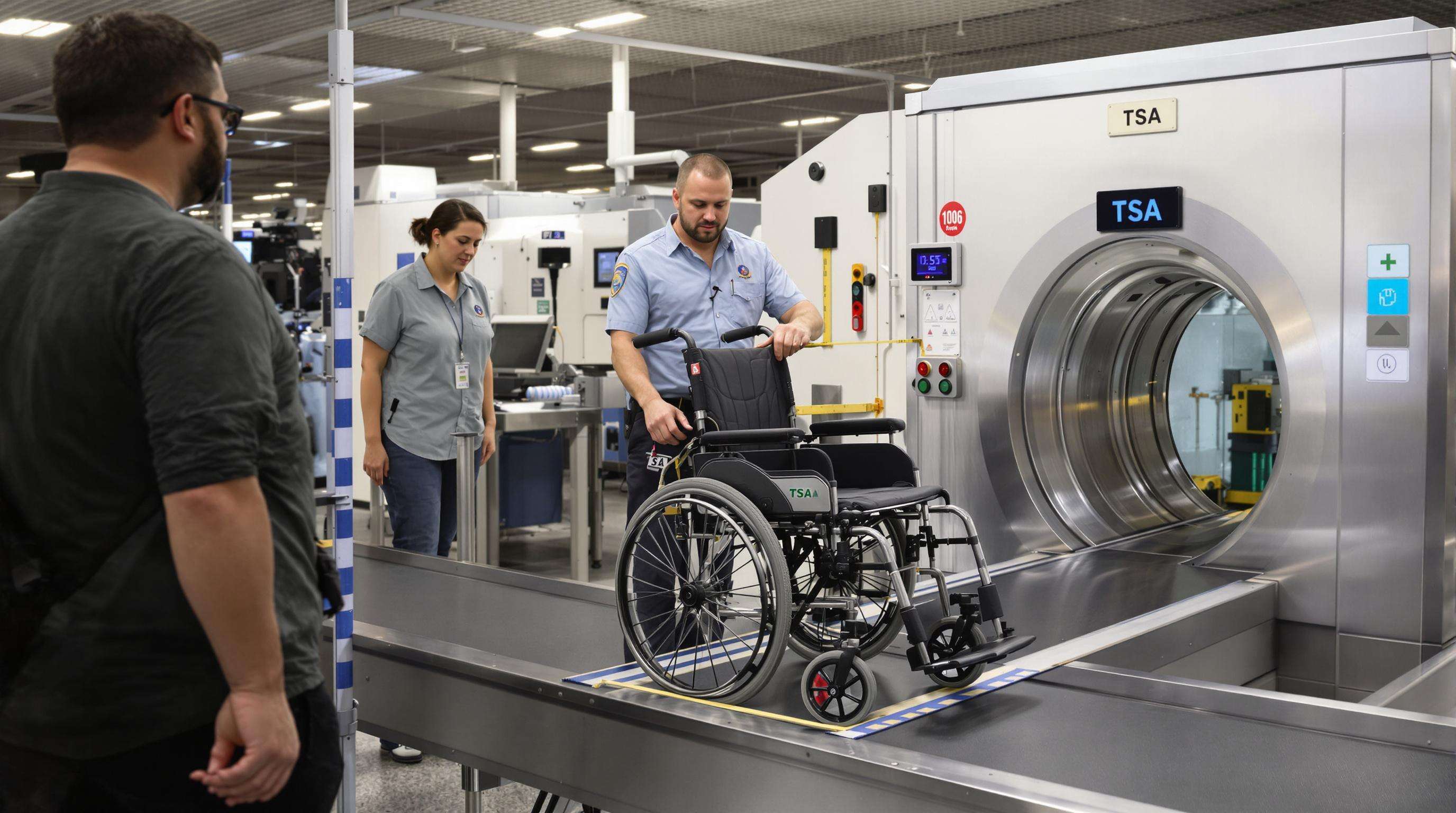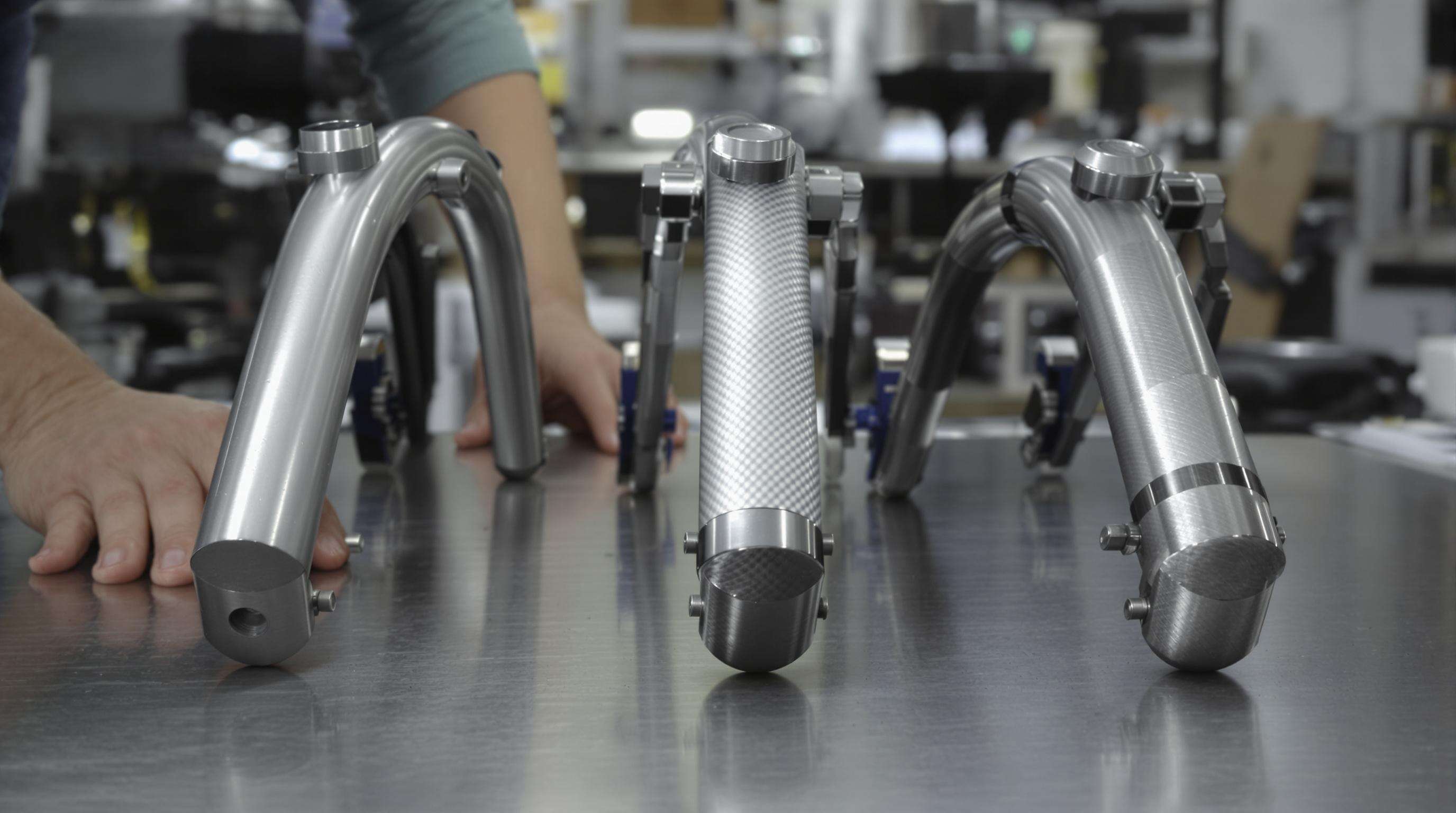Modern lightweight folding wheelchairs feature intuitive designs that collapse to 35% of their deployed size in seconds. One-handed folding mechanisms and slim profiles (as narrow as 10’ when folded) allow storage in overhead airplane compartments, car trunks, and narrow home spaces.
Aerospace-grade aluminum and carbon fiber frames have enabled wheelchairs weighing just 18–20 lbs without sacrificing durability. A 2023 mobility market analysis found that 74% of frequent travelers prioritize chairs under 22 lbs due to reduced arm fatigue during self-propulsion and easier lifting into vehicles.
The average folding wheelchair requires only 30% of the trunk space of rigid-frame alternatives, with tapered footrests preventing interference with car door closures. Airlines like Delta and United now list sub-20 lb folding models as exempt from checked baggage fees when stored in cabin compartments.
A rheumatoid arthritis patient documented 12 consecutive flights using a 19.5 lb titanium-frame model, reporting zero damage incidents despite standard baggage handling. The wheelchair’s folding width (11.8’) avoided gate-check requirements on regional jets with smaller overhead bins.

Air travel can be tricky when traveling with mobility equipment, especially since rules keep changing all the time. According to TSA guidelines, most folding wheelchairs need to fit within carry-on size limits around 22 inches long, 14 wide, and 9 tall to bypass the gate check process. We've noticed lately that many airlines are working on making things easier for folks with smaller mobility devices. Four big US carriers have actually started using similar size requirements across their fleets as of last year. And don't forget about battery packs if your device has them they need to stay under FAA's 300 watt-hour limit for lithium-ion batteries. Always double check these specs before heading to the airport to avoid any surprises at security checkpoints.
Lightweight folding wheelchairs sidestep 92% of air travel disruptions linked to oversized mobility equipment, according to aviation accessibility reports. Their collapsible frames fit airline cargo holds and overhead compartments, bypassing delays caused by oversized medical devices. Models under 20 lbs fold in under 15 seconds–meeting TSA’s 45-second security screening benchmarks.
The TSA is planning some major changes for 2025 according to ABC News reports, including doing away with those pesky liquid restrictions and making it easier for people with collapsible medical gear to travel. Airlines across the country are getting better at accommodating travelers who need mobility assistance too. Recent figures indicate that around three out of four U.S. carriers now have special storage areas for foldable wheelchairs inside their planes, which represents quite an improvement from just over half back in 2020. Delta Air Lines and United Airlines continue to set the bar high when it comes to accessibility features onboard. These developments point toward something bigger happening within the aviation sector as they implement IATA's "Mobility for All" guidelines. If things go as expected, these new standards could cut down wheelchair damage claims by nearly two fifths by mid next decade, which would be great news for passengers relying on their mobility devices during flights.

Modern lightweight folding wheelchairs rely on advanced engineering materials to achieve optimal portability without sacrificing strength.
Aluminum frames weighing between 16 to 19 pounds are still widely chosen because they strike a good balance between what people can afford and how sturdy they need to be. Carbon fiber options come in at around 13 to 15 pounds and absorb road vibrations better, which makes all the difference when riding over rough patches. Titanium stands out with its amazing strength compared to its weight it's actually about 7.8 percent lighter than steel without sacrificing much durability allowing bikes to tip the scales below 12 pounds. But let's face it, these lightweight wonders come with price tags that make most wallets cry. Different riders have different priorities though. Budget minded folks stick with aluminum, those who ride longer distances appreciate carbon fiber's comfort factor, and serious ultralight enthusiasts will pay extra for titanium despite the sticker shock.
Weight is everything in the travel mobility world these days. According to recent surveys, around 8 out of 10 users put ease of transport at the very top of their list when shopping for equipment. That makes sense when we look at airline restrictions which usually cap checked medical devices between 50 to 70 pounds. The lighter materials like special alloys and composite structures really help here, making it easier to carry things around airports and reducing back pain during those long transfers from car to plane. Industry reports from last year indicate something pretty remarkable too. Carbon fiber wheelchairs have seen explosive growth, jumping over 200% in usage since 2019. Why? Well, baby boomers are traveling more than ever before while airlines continue tightening their baggage rules, so people need solutions that fit both comfort and regulation requirements.
Top manufacturers are turning to computer aided topology optimization these days. The tech helps them strengthen areas under stress while cutting down on unnecessary materials. Take those lattice joints we see in aluminum frames for instance they boost load capacity around 35 percent without making things heavier. Some companies have started mixing materials too. Carbon fiber seat pans paired with titanium frames cut weight by about 19% compared to regular aluminum versions. Pretty impressive when considering they still meet those tough ISO 7176 durability requirements that everyone in the industry looks for.
This focus on material innovation enables travelers to choose wheelchairs that align with specific mobility needs–from featherweight titanium for frequent fliers to reinforced carbon fiber for active lifestyles.
Today's lightweight folding wheelchairs focus on making things easier for people to use, especially since top models can fold in under three seconds according to Mobility Solutions International from last year. These foldable versions take up about two thirds less space than regular ones, which means they fit nicely in small car trunks and meet those tricky airline requirements for carry-on bags in overhead compartments. What makes these chairs stand out are features like one lever folding systems and self-locking joints that really help folks who struggle with hand movements. About four out of five wheelchair users actually mention getting tired in their arms when preparing for trips, so these design improvements make all the difference in daily life according to research published in the Journal of Rehabilitation Medicine back in 2022.
According to research from 2024, around 63 percent of older adults who use folding wheelchairs say they feel much more confident traveling alone these days. They point to things like easy adjustments that don't need tools and chairs weighing under twenty pounds as game changers. When companies follow those universal design guidelines, it makes all the difference for getting into cars on their own and boarding planes without help. This solves what most wheelchair travelers rank as their biggest headache at airports: having to depend on flight crew members to take apart their regular chairs before boarding, something the Air Travel Accessibility Report from last year confirmed as the top complaint.
Top-rated travel wheelchairs (under 20 lbs) achieve weight reduction without sacrificing durability through aircraft-grade aluminum frames and tension-adjustable upholstery. Users prioritize three factors:
Aluminum, carbon fiber, and titanium are commonly used materials in lightweight folding wheelchairs due to their strength and reduced weight.
Folding wheelchairs that fit within carry-on size limits and weigh under 20 lbs comply with TSA and airline requirements, often bypassing gate checks.
Users prefer lightweight wheelchairs for ease of transport, reduced arm fatigue, and hassle-free handling during travel.
 Hot News
Hot News2025-05-15
2025-05-15
2025-05-15
2025-05-15
 ONLINE
ONLINE ONLINE
ONLINE
Copyright © 2025Ningbo Ks Medical Tech Co., Ltd. all rights reserved - Privacy policy